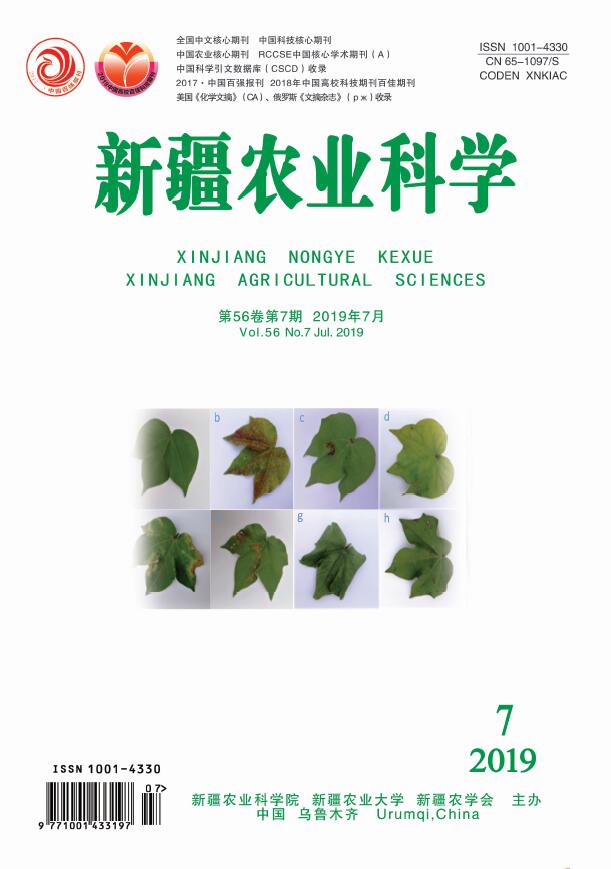|
|
Effects of Alternate-year Cotton Seeds on Growth and Yield of Cotton Seedlings
CHEN Min-zhi, MA Peng-cheng, WANG Wen-mao, ZHANG Wang-feng
2019, 56(7):
1207-1213.
DOI: 10.6048/j.issn.1001-4330.2019.07.004
【Objective】 To explore the differences of seedling emergence rate, germination potential, germination rate, seedling growth, seedling leaf SOD and MDA, root morphology, yield and yield components of cotton seeds in different years (2015, 2016 and 2017) in the hope of providing a theoretical basis for the application of alternate-year seeds in production. 【Method】 In 2018, Xinluzao 51 was used as material to determine the emergence rate, germination potential, germination rate, seedling growth, SOD and MDA of seedling leaves, root morphology, yield and the constituent factors of cotton seeds every two years (2015), every other year (2016), and the year (2017), respectively. 【Result】 There was no significant difference in germination potential, germination rate, root surface area, root volume, yield and yield components among cotton seeds in different storage years. In the time of third main stem leaf, compared with the cotton seeds, the plant height, stem diameter, leaf fresh weight and dry weight, stem fresh weight, the first true leaf SOD activity increased significantly, the first and third true leaves of the MDA content were significantly reduced, stem dry weight, the third true leaf SOD, root length and seedling rate were not significantly different. Compared with cotton seeds in that year, the seedling rate of cotton seeds, the first true leaf MDA and the third true leaf SOD decreased significantly in two years, but there was no significant difference between stem diameters, leaf fresh weight, stems fresh weight and dry weight, root length, first true leaf SOD and the third true leaf MDA. 【Conclusion】 Under the condition of indoor natural storage in northern Xinjiang, the cotton seeds increased the SOD activity of leaves, reduced the MDA content of leaves, and promoted the growth of cotton seedlings in three true leaves. Cotton seeds stored for 1-2 years had no significant effect on cotton yield and yield components.
|

